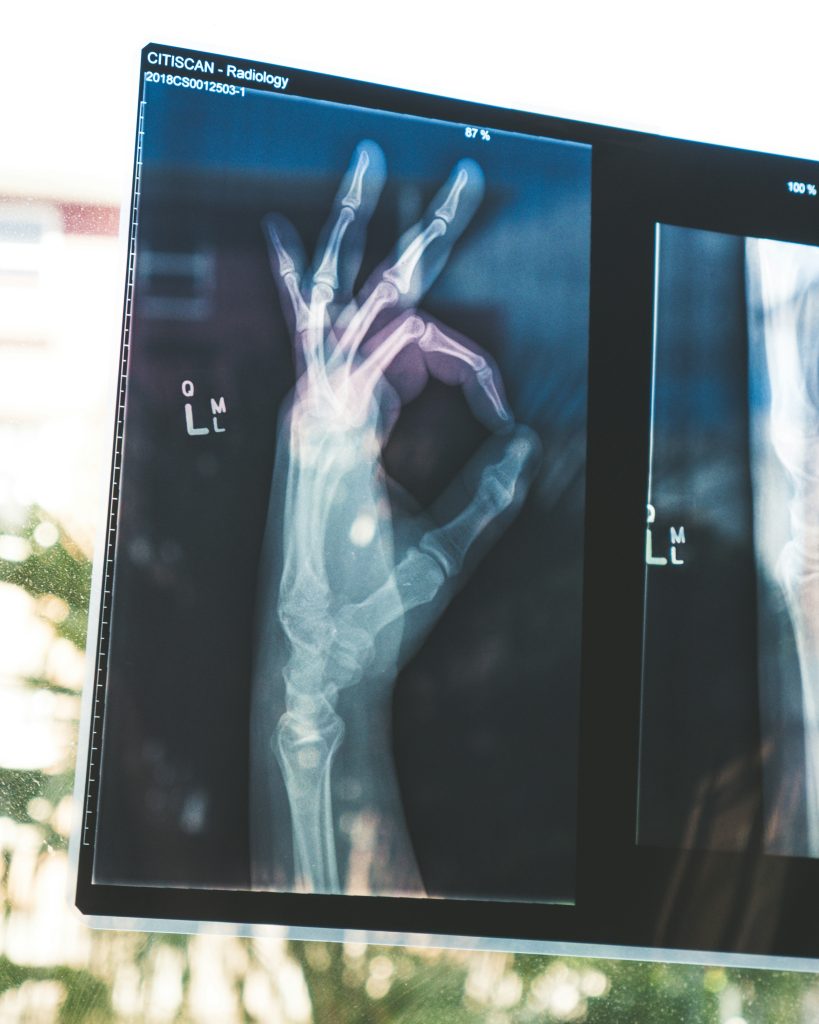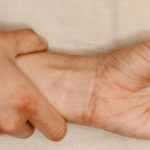How the menopausal transition affects bone strength and joint vitality- and what can be done about it
In the UK, nearly 4 million people are living with osteoporosis, with postmenopausal women being the most affected. Shockingly, one in two women over 50 will experience a fracture due to this condition. Additionally, around 10 million people in the UK suffer from osteoarthritis, with women disproportionately impacted after menopause. Understanding these risks and how to mitigate them is crucial for maintaining bone and joint health during this pivotal time.
Understanding the role of oestrogen in bone health

Oestrogen is a crucial hormone for maintaining strong and healthy bones. It works by balancing the activities of osteoblasts, which build new bone, and osteoclasts, which break down old bone. This delicate balance ensures that bone mass remains stable throughout much of a woman’s life. However, during menopause, the dramatic drop in oestrogen levels disrupts this balance.
When oestrogen levels decline, the rate of bone resorption (breakdown) accelerates, while bone formation slows down. This imbalance leads to a net loss of bone density, which can be quite rapid in the first few years after menopause. In fact, women can lose up to 20% of their bone density within five to seven years post-menopause. This loss of bone density significantly increases the risk of osteoporosis—a condition where bones become fragile and more prone to fractures. Often called a “silent disease,” osteoporosis progresses without symptoms until a fracture occurs. Common sites for osteoporotic fractures include the hip, spine, and wrist, all of which can have serious implications for a woman’s mobility and quality of life.
Preventing bone loss: What can be done
Fortunately, there are several strategies to help maintain bone density as you age:
- Calcium and Vitamin D: Ensure adequate intake of these vital nutrients, which are essential for bone health. Dairy products, leafy greens and fortified foods are good sources of calcium, while sunlight exposure and certain foods can help with vitamin D levels.
- Weight-bearing exercises: Engage in activities like walking, running, or resistance training to stimulate bone formation. These exercises apply stress to bones, encouraging them to become denser and stronger.
- Hormone Replacement Therapy (HRT): In some cases, HRT may be recommended to slow bone loss. However, it’s essential to discuss the benefits and risks with a healthcare provider, as HRT isn’t suitable for everyone.
Additionally, taking proactive steps to monitor bone health is crucial.
DocHQ MenoBalance Checks offers a convenient way to monitor your hormone levels from the comfort of your home. Helping to identify potential risk early on. Regular monitoring can guide personalised care plans to maintain bone density and overall musculoskeletal health.
The connection between menopause and joint health
Just as oestrogen plays a critical role in bone health, it also helps maintain joint health. Oestrogen contributes to the production of collagen, a protein that supports joint cartilage. Collagen keeps joints flexible and cushions them against impact.
With the decline in oestrogen during menopause, many women begin to experience joint pain and stiffness, often most noticeable in the morning. This discomfort can make simple activities like getting out of bed or climbing stairs more challenging and may signal the onset of osteoarthritis (OA), a degenerative joint disease that becomes more common with age.
Osteoarthritis is characterised by the breakdown of cartilage, leading to pain, swelling, and reduced joint mobility. Postmenopausal women are at a higher risk of developing OA, particularly in the knees, hips, and hands.
Maintaining joint health: Practical strategies
To manage joint health effectively:

–Healthy weight: Maintaining a healthy weight is crucial for reducing stress on joints, particularly weight-bearing ones like the knees and hips.
– Regular physical activity: Engage in strength training and flexibility exercises like yoga to keep joints limber and reduce pain.
– Pain management: If joint pain becomes severe, healthcare providers may suggest anti-inflammatory medications or other treatments to manage symptoms.
For women experiencing joint discomfort or stiffness, personalised support can make a significant difference. DocHQ Physio brings physiotherapy home, offering remote physiotherapy assessments and personalised treatment plans powered by AI to help manage symptoms and improve joint function. These services provide the convenience of at-home care while ensuring access to professional advice and support.
Long-term MSK health: Monitoring and management
Menopause is a natural part of ageing, but its impact on MSK health shouldn’t be ignored. Regular check-ups with a healthcare provider, including bone density testing, can help monitor bone health and allow for early intervention if needed. Early detection and proactive management are key to preventing severe outcomes like fractures or significant joint deterioration.
In summary, the hormonal changes that occur during menopause can have a significant impact on musculoskeletal health. By understanding these changes and taking proactive steps such as; maintaining a healthy diet, staying active, and consulting with a healthcare provider, women can protect their bones and joints, ensuring strength and mobility throughout their lives. Find more information and guidance on menopause and related female health articles on the DocHQ website.



